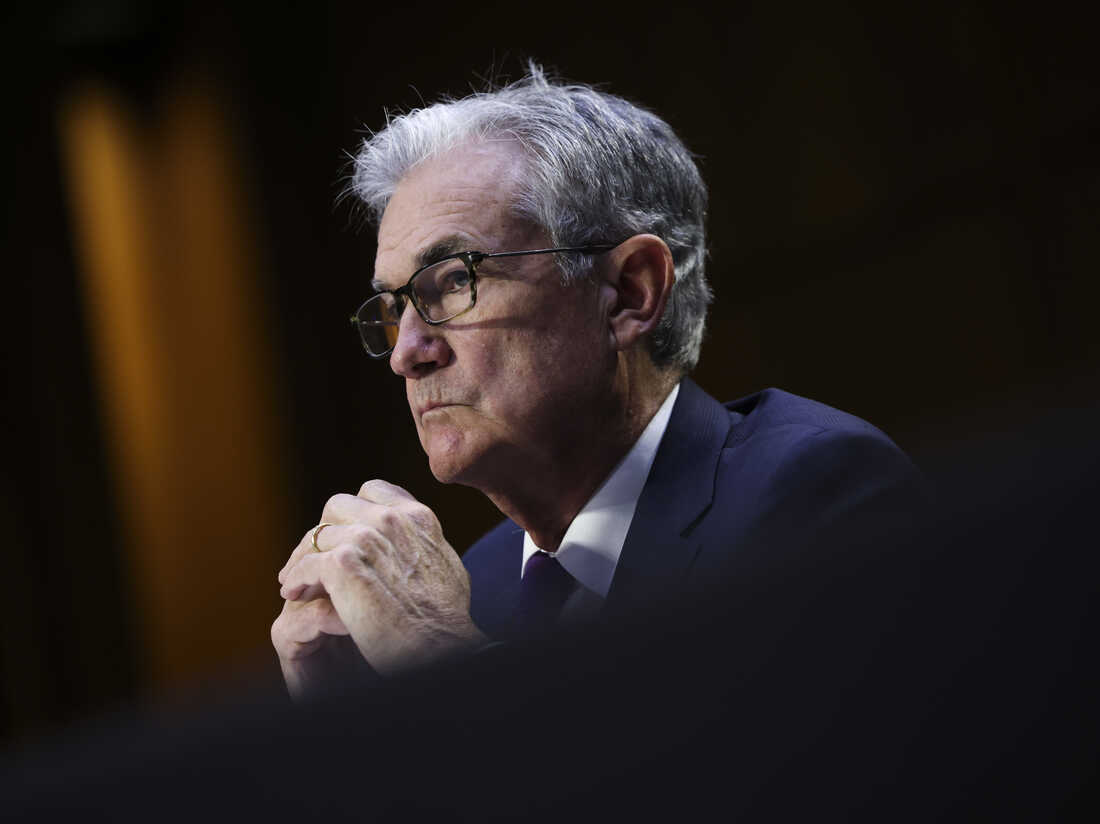How will the US dollar fluctuate when FED cut rates?
There will always be some in the market eager to front-run what they feel will be a significant fall in the US dollar as the Fed gets into an easing cycle.

Fed could start to cut in Q3 next year
>> Fed is expected to start the easing cycle
Many major central banks appear to have reached the peak of the rate cycle or are, at most, one hike away. The question now is whether the looming “Table Mountain” top for rates, as described by BoE member Pill, will last for a very long time, or whether rates could start to fall quickly. It seems a crucial question for the US dollar given that it has rallied through much of the tightening cycle, although it may not be.
The Standard Bank’s view on the relationship between Fed policy and the US dollar has been discussed many times but it is worth repeating here. There are two main parts to it. The first observation we would make is that the US dollar is more likely to follow the path of Fed policy if that path impacts global financial market sentiment in other assets and the global financial cycle more generally. In other words, Fed cuts that strengthen asset prices like stocks and bonds are more likely to weaken the US dollar compared to easing cycles where a “risk off” sentiment is prevalent.
The second observation we make is that, subject to the first condition just described, Fed policy cycles and the US dollar are not usually in sync. In short, the US dollar does not rally the minute US rates rise nor fall when rates are cut. Financial markets usually anticipate these changes in the monetary policy cycle well in advance and hence the US dollar tends to move before the Fed has made its first rate hike or cut. Why do we mention this?
It is important because even if the first cut from the Fed is some way off (and the market puts it in June 2024 at the earliest), the US dollar could still start to fall as the market increasingly discounts the inevitable easing. Moreover, if this is the right way to look at things it might not even matter if the Fed holds the ‘Table’ top for longer than anticipated.
>> Will the USD dollar have more strength in the short term?
As long as the next move is a cut, not a hike, that might be all the US dollar bears need to get to work on the US dollar’s overvaluation. There will always be some in the market eager to front-run what they feel will be a significant fall in the US dollar as the Fed gets into an easing cycle, and it may not even matter whether this is a deep easing cycle or not. So, does this mean that the dollar is inevitably going to fall sooner or later?
In the Standard Bank’s view, not necessarily. That’s because of the first point we made about the necessity for the easing cycle to occur against the backdrop of reduced risk aversion in other assets such as stocks and bonds. To see this, just consider that the swiftest and deepest easing cycles from the Fed have occurred in response to some sort of catastrophe, such as the global financial crisis back in 2008, or the pandemic a few years ago. But these periods saw the steepest rises in the dollar. Hence deep rate cuts from the Fed can be associated with extreme dollar strength – because asset prices tumble and the dollar’s safe-asset status draws in capital. So, if the upcoming easing cycle occurs in the midst of weaker asset prices it seems more likely that the dollar will rise, not fall. But is that likely?
It would seem not unless, of course, the Fed was reacting to another catastrophe. In this case the longevity of the ‘Table’ top could matter because the longer rates are held at a peak, the more financial conditions will be tightened given the likely fall in inflation. And this in turn increases the possibility of an adverse financial event which might, in the end, make the Fed cut faster and by more, but would probably lift the dollar given that this scenario would surely see financial asset prices plunge – at least riskier assets like stocks and corporate credit.
So, what’s the answer. Will the dollar start to undergo a meaningful decline well before the Fed makes its first cut? Or will a prolonged ‘Table’ top for rates increase financial risk and produce dollar strength even as the Fed trims rates? Mr. Steve Barrow, Head of Standard Bank G10 Strateg said: “Our money is on the former. Hence our forecasts show the dollar falling in the 3-6 month horizon even though we don’t expect the Fed to start cutting rates in this period. We believe that the Fed will start to cut in Q3 next year but, by this point, would expect euro/dollar, for instance, to be well above 1.10, not below”.








